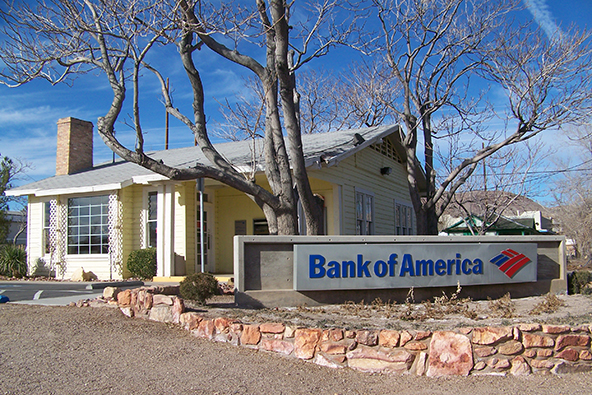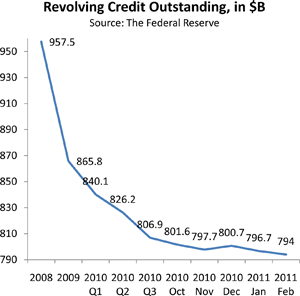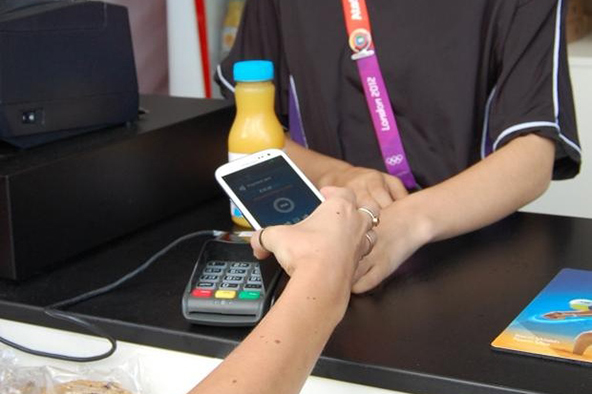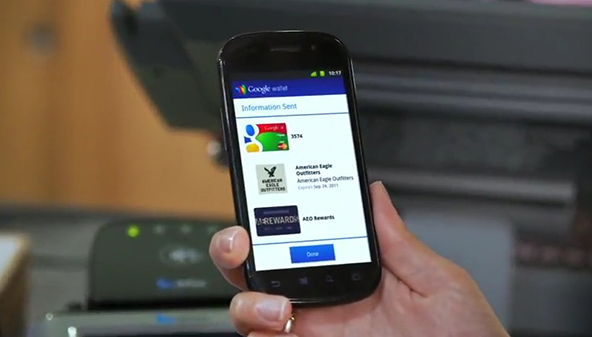U.S. Credit Card Delinquencies Fall for 17th Consecutive Month

Americans continued paying their credit card balances on time in March. Each of the six biggest national credit card issuers reported lower rates of late payments and of credit card defaults for the month in their latest regulatory filings, setting new records in both categories in the process.
Credit Card Charge-Offs Fall to 7.35%
The charge-off rate on U.S.-issued credit cards fell by 0.21 percent in March on a month-to-month basis, to 7.35 percent, according to Moody’s Credit Card Index, after rising slightly in February. Charge-offs (or defaults) are delinquent credit card balances that lenders no longer expect to be paid back and write off their accounts as losses, typically 180 days after receiving the latest payment on the account. The default rate reached its peak of 11.5 percent in August 2009.
Moody’s expects the charge-off rate to keep falling. “Our expectation that the charge-off rate index will break below 7% in the second quarter at this point appears inevitable,” said Moody’s Assistant Vice President Jeffrey Hibbs.
Credit Card Delinquencies Fall for 17th Consecutive Month
Credit card payments late by 30 days or more fell for the 17th month in a row, to 3.79 percent from 4.02 percent in February, according to Moody’s.
Payments late by 30 – 59 days — the early-stage delinquencies — also fell in March, to 0.98 percent from 1.02 percent in February. It is the first time the rate dropped below 1 percent since Moody’s began tracking early-stage delinquencies at the beginning of 2000.
All Biggest Credit Card Issuers Report Lower Charge-offs, Delinquencies
Each of the six largest credit card companies reported lower rates of charge-offs and delinquencies in March:
- JPMorgan Chase’s delinquency rate — payments late by 30 days or more — fell to 3.08 percent in March from 3.29 percent in February, reaching its lowest level since September 2008. The bank’s charge-off rate dropped 0.19 percent for the period to 6.02 percent, after rising by 0.24 percent last month. Chase’s charge-off rate reached its highest level of 10.91 percent in January of 2010.
- Bank of America reported a delinquency rate of 4.82 percent in March, down from 5.09 percent in February. This is BofA’s lowest delinquency rate since before the financial crisis began in September 2008. The Charlotte, N.C.-based bank’s charge-off rate fell 0.66 percent to 8.18 percent for the period. The bank’s default rate was at its peak — 14.53 percent — in August 2009.
- Citibank said its delinquency rate in March was down 0.13 percent to 4.21 percent. The New York-based bank charged off 7.89 percent of its credit card balances, down 0.06 percent from 7.95 in February, but still above the 7.49 percent level reported in January. Citi’s default rate peaked at 12.14 percent in August 2009.
- Capital One’s 30-day delinquency rate decreased to 3.59 percent in March from 3.83 percent in February, reaching the lowest level since June 2008. The bank’s charge-off rate dropped by 0.04 percent to 5.87 percent for the month, the lowest level since February 2008. Capital One’s charge-off rate was at its peak at 10.87 percent in April of 2010.
- Discover reported a 30-day delinquency rate of 3.42 percent, down from 3.70 percent in February and 2.13 percent below the level from a year ago. Its charge-off rate for March was 5.18 percent, down from 5.79 percent in February. Discover’s defaults peaked at 9.11 percent in February of 2010.
- American Express continued to lead its peers in both the charge-off and delinquency categories. The New York-based company reported a delinquency rate of 1.80 percent in March, down 0.20 percent from February. American Express’s charge-off rate dropped 0.10 percent to 3.70 percent. AmEx’s highest default rate — 10.4 percent — was recorded in April 2009.
The Credit Card Takeaway
 The rate at which U.S. consumers are repaying the principal amount of their credit card debt rose to 21.77 percent in March, an all-time high, according to Moody’s.
The rate at which U.S. consumers are repaying the principal amount of their credit card debt rose to 21.77 percent in March, an all-time high, according to Moody’s.
So the latest credit card data clearly indicate that Americans are getting a firmer grip of their credit card debt. At the same time, consumer confidence is on the rise, even as the unemployment rate is still close to 9 percent. According to the Federal Reserve, overall consumer borrowing rose for the fifth month in a row in February, the latest month for which data are available. The rising borrowing and falling credit card debt paint a quite remarkable picture and a positive one, as it tells us that perhaps Americans are at last beginning to live within their means.
Image credit: Wikimedia Commons.


